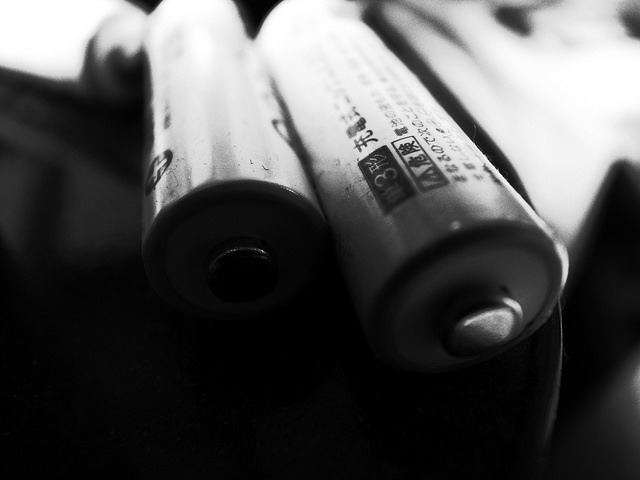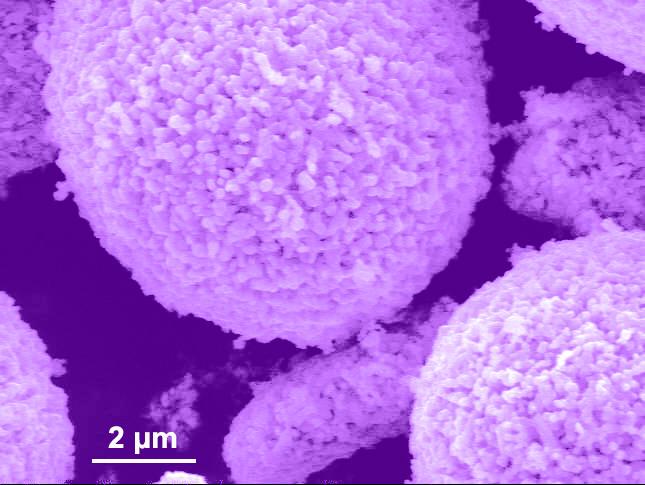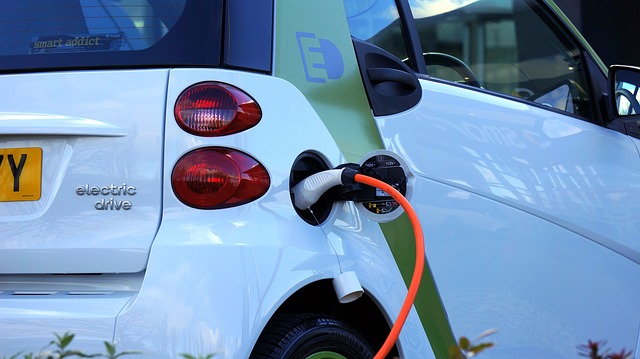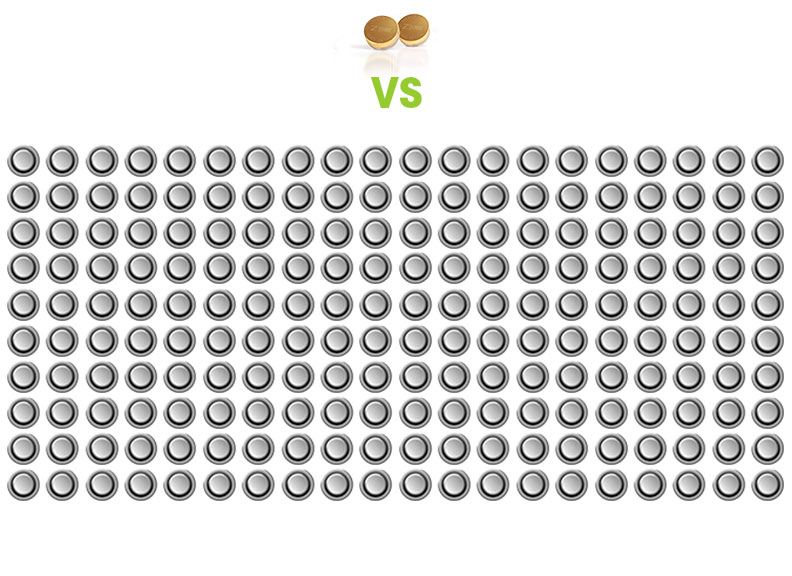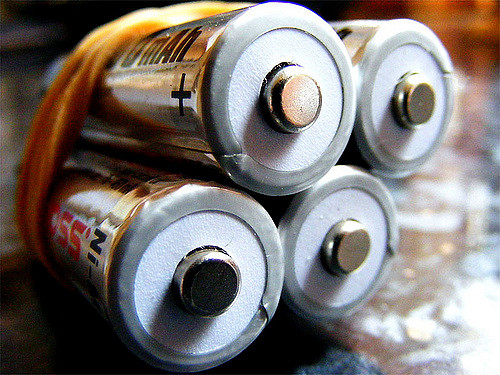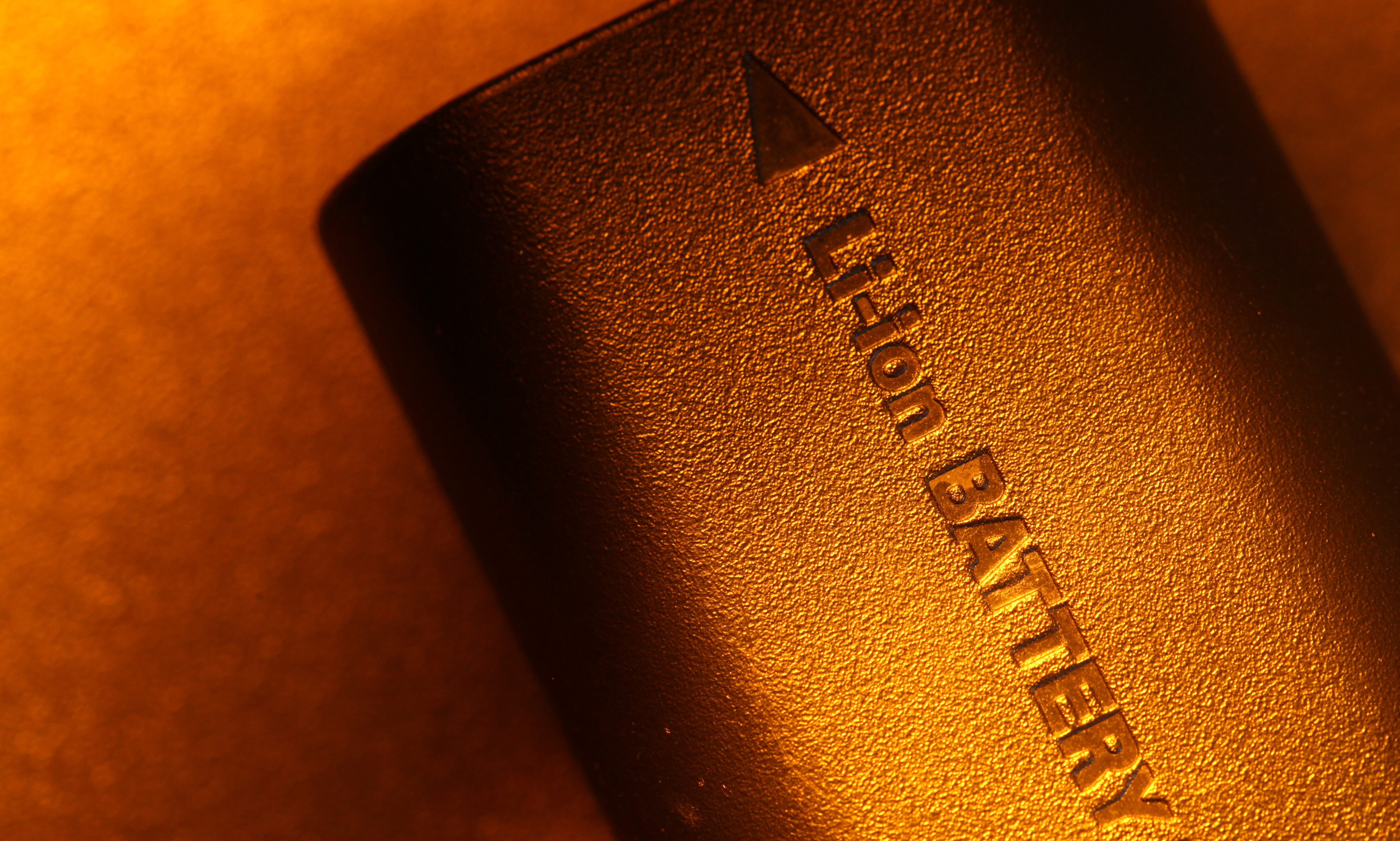
The Samsung Galaxy Note 7 has recently been in the headlines for safety concerns pertaining to its lithium-ion battery. Now, a lawsuit filed in California claims that the issues extend beyond the Note 7, and that many other generations of Samsung smartphones “pose a risk of overheating, fire, and explosion.”
While Samsung claims that the Li-ion safety issues are isolated to only the Note 7, researchers in the field of energy storage are still looking for a way to develop an efficient, non-combustible battery. CBS recently stopped by the University of Maryland to discuss just that with ECS member Erich Wachsman.
In an effort to build safer batteries, Wachsman and his group at the University of Maryland are focusing their research efforts on lithium conducting ceramic discs, which can handle thousands of degrees without any issues.
“Because it’s ceramic, it’s actually not flammable,” says Wachsman, director of the university’s Energy Research Center. “You cannot burn ceramic.”
(MORE: Listen to Wachsman discuss his work in water and sanitation.)
Since the rise of Li-ion battery safety in the news, Wachsman’s research has received more attention from industry. He and his group are currently working on scaling up the technology.


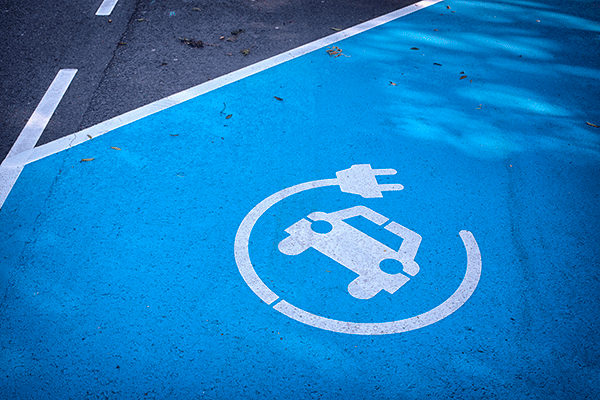 In 2005, the number of electric vehicles on the road could be measured in the hundreds. Over the years, researchers have made technological leaps in the field of EVs. Now, we’ve exceeded a global threshold of
In 2005, the number of electric vehicles on the road could be measured in the hundreds. Over the years, researchers have made technological leaps in the field of EVs. Now, we’ve exceeded a global threshold of 